Ever since Wrigley Field opened in 1914 folks have tried to get a peek inside the ivy-covered walls for free. The owners of rooftops behind the stadium’s outfield capitalized on that, selling tickets to rooftop stadium boxes with the enticement of unobstructed views into the Friendly Confines during Chicago Cubs’ home games. In 2002, that all changed. “The free ride is over,” said Andy MacPhail, the Cubs former president and CEO. “The rooftop owners take in as much as $10 million a year by selling seats to view our games. We do not believe the rooftop operators are entitled to profit from our names, our players, trademarks, copyrighted telecasts and images without our consent.”
In Chicago National League Ball Club, Inc. v. Sky Box on Waveland, L.L.C., the Cubs sued eleven rooftop businesses in a four-count complaint filed in the United States District Court for the Northern District of Illinois for copyright infringement, unfair competition (trademark infringement), misappropriation and unjust enrichment. In 2004, after years of legal maneuvering, the owners of buildings surrounding the historic ballpark settled the lawsuit with the Cubs. Under the terms of the 20-year deal, the rooftop owners could continue to operate their game day businesses, and in exchange the Cubs would receive 17% of the profits generated by the rooftop buildings that sold tickets to their own private stadium boxes behind the field, as well as the right for a bleacher renovation and expansion project that took place following the 2004 season and added several hundred seats to the ballpark.
Since 1990, roughly 90 percent of teams in the top five sports leagues have rebuilt or renovated their stadiums, according to Crain’s Chicago Business. Even Boston’s 101-year-old Fenway Park has a new concourse and LED scoreboards. Sure, Wrigley Field is a national treasure, a step back in time where its original scoreboard is still operated by hand. But its wooden roof is not up to fire code. Parts of the upper deck are wrapped in netting to keep the crumbling concrete from falling onto fans. That’s why, for the past eight months, Cubs owner Tom Ricketts has pushed the city of Chicago to let him renovate. In July, he finally got the approval he needed. Ricketts doesn’t just want to fix up Wrigley; he wants to transform it into a modern entertainment complex, flanked by a hotel and a 20,000-square-foot shopping center. Also included in the $500 million plan—which the Ricketts family is bankrolling itself with the help of a few tax breaks from the city—is a 5,700 square foot JumboTron that would be placed in left field, obscuring some rooftop views. A smaller, 650 square foot sign would do the same in right field.
It’s these proposed “expansions” of Wrigley Field that have inflamed the smoldering but otherwise peaceful relationship between the Cubs and rooftop owners, and have led to the most recent threats of litigation as the Cubs propose to move forward with construction without the rooftop owners’ approval. But on what grounds? Recently, the actual language of the settlement agreement struck between the team and rooftops in 2004 was publically disclosed. The agreement, which runs until December 31, 2023, contains a number of interesting clauses beyond simply giving the rooftops the right to run their business. Likely the main point of contention, however, will be the following clause:
6.6 The Cubs shall not erect windscreens or other barriers to obstruct the views of the Rooftops, provided however that temporary items such as banners, flags and decorations for special occasions, shall not be considered as having been erected to obstruct views of the Rooftops. Any expansion of Wrigley Field approved by governmental authorities shall not be a violation of this agreement, including this section.
The key words in that section appear to be “any expansion of Wrigley Field approved by governmental authorities…” That last line of section 6.6 of the agreement, which also contains an arbitration clause, will likely be the critical issue to be determined by an arbitrator or arbitration panel. The Cubs have been very careful to say that the Wrigley Field project is an “expansion,” but it will likely be in the hands of an arbitrator whether or not a sign in right field or a JumboTron in left field are “expansions” of Wrigley Field that fall in line with the language of the agreement, even where such expansions are met with approval by the City of Chicago.
Another important part of the contract, which could be an integral part of any potential litigation, is the following clause:
6.2 If the Cubs expand the Wrigley Field bleacher seating and such expansion so impairs the view from any rooftop into Wrigley Field such that the Rooftop’s business is no longer viable even if it were to increase its available seating to the maximum height permitted by law, and if such bleacher expansion is completed within eight years from the Effective Date (1/27/2004), then if such Rooftop elects to cease operations before the beginning of the next baseball season following completion of such expansion, the Cubs shall reimburse that Rooftop for 50% of the royalties paid by that Rooftop to the Cubs during the time between the Effective Date and the date of expansion of the Wrigley Field bleachers. The Cubs shall pay such reimbursement to the Rooftop within 30 days of receiving notice from the Rooftop it is no longer viable and has ceased operations. Any Rooftop receiving payment from the Cubs pursuant to this provision shall cease operations for the remainder of the term and shall not seek or accept any compensation or benefit related to activity on a Rooftop on a day of a game.
The gist of this loquacious provision is that the Cubs may be liable for having to refund royalties to the rooftop owners if the team breaches the agreement through improper expansion. However, an arbitrator will likely have to determine whether the Cubs are liable for damages only during the eight-year period that the agreement states (which expired on January 27, 2012), or if they are liable for the entire term of the 20-year contract. If an arbitrator sides with the Cubs, holding that the team is only liable during the eight-year period after the agreement was struck, the economic protection that the rooftop owners received from the agreement would have lapsed, essentially leaving the rooftop owners without much financial recourse.
As Dave Kaplan of CSN Chicago stated, “You can make your own judgments about who is in the right, who is in the wrong and who might win a potential litigation, but one thing is for sure: This contract — signed in January of 2004 and at the time provided the Chicago Cubs with a new and significant revenue stream — has become a major nightmare for a team looking to jumpstart its business plan.” Kaplan is spot-on. Regardless of which direction any potential litigation swings – and like him I also believe that an arbitrator would likely favor the Cubs in any rulings, though it’s hardly a slam dunk case – this dispute has been a major economic drain on both parties and a distraction that has delayed a much needed renovation of Wrigley Field that would bring untapped streams of revenue into the organization while still maintaining the ballpark’s old school, historic charm.
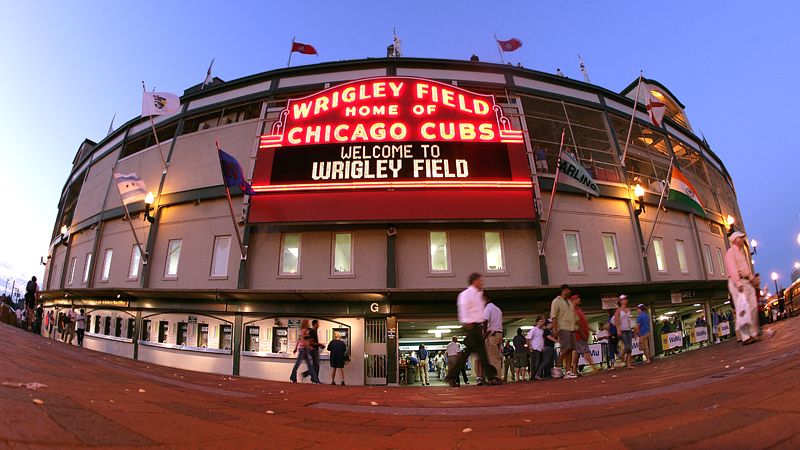
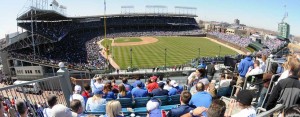
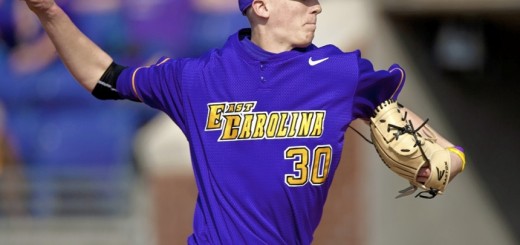
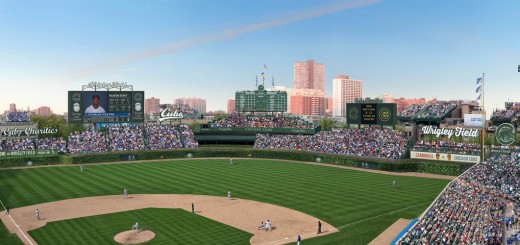
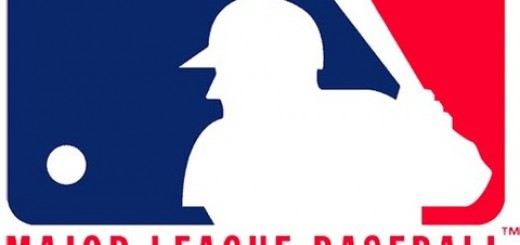
1 Response
[…] February, I detailed the Cubs’ plans to transform Wrigley Field, which is celebrating its 100th birthday after opening its gates for the […]